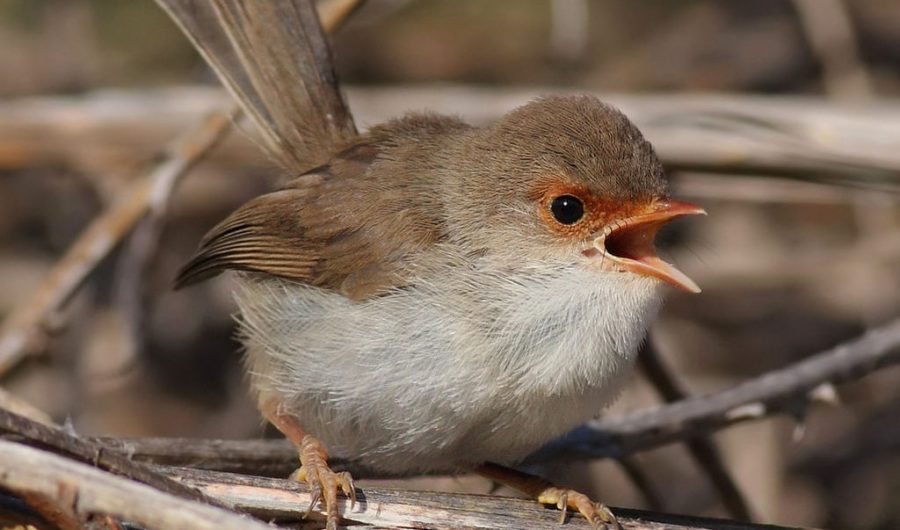Female bird song ignored by science, researchers say

FEMALE BIRD song has often been explained as functionless, a by-product of selection for song in males or a hormonal abnormality. This led to much of the research on bird song revolving around male song.
“Ever since Charles Darwin put forward his theory of sexual selection, bird song has been held up as a classic example of this process,” Naomi Langmore, a behavioural ecologist at the Australian National University, told Australian Geographic.
The theory of sexual selection, where one sex looks for particular characteristics in a prospective mate, can’t explain song in females.
“Our understanding of the function of song has neglected a broader range of functions that song can serve, such as coordinating reproduction or parental care between males and females, or mate attraction by females,” Naomi says.
This has never sat right with Naomi. “As a PhD student in the UK many years ago, newly arrived from Australia, I was amazed to discover that bird song was described as the preserve of males,” she says.
“Most Australian birdwatchers are well aware that their gardens and nature reserves are full of singing females, so this seemed very strange to me. It inspired two decades of research on female song in birds.”
In 2014, Naomi and her colleagues Karan Odom, Michelle Hall, Katharina Riebel and Kevin Omland set out to test whether females sing in hundreds of species across 32 families of passerine (perching) birds, an Order that includes more than half of all bird species.
They found that contrary to accepted wisdom, females of most passerine species, 70 per cent in fact, sing, and in the ancestral songbird both sexes sang. These findings were published in Nature.
“This misconception comes partly from the fact that, historically, studies of bird song were conducted in the northern hemisphere where many passerines are migratory, and female song is less common in migratory songbirds,” Naomi explains.
Today, the same team released a study, published in The Royal Society, proposing future approaches to researching female song, based on that 2014 paper.
“In the past, research has focused exclusively on male songl,” Naomi says.This is only half the story, because in most passerine species females sing as well.”
The first step in better understanding female bird song, according to Naomi and her colleagues, is to document female song in more species, as we still don’t know whether females of certain species sing or not.
The second step is to conduct the same experiments that have been conducted on male bird species, including playback experiments, but also looking at how male and female bird song work together.
The scientists would like to further focus on what factors may predispose a species to retain or lose female song. Ultimately, this kind of sex-inclusive research on animal signalling will expand our understanding of the natural history of song, the researchers concluded.

